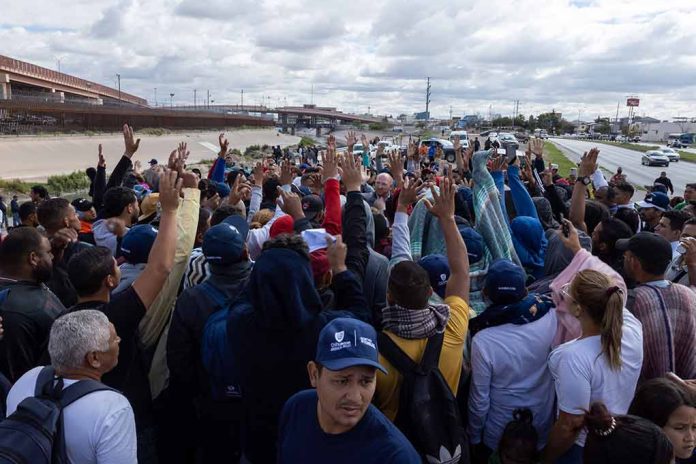
The cost of running Massachusetts’ emergency shelter system will exceed $1 billion for the next fiscal year, surpassing the previously estimated $915 million. The largest share of this expenditure—$776 million—is for the shelters themselves. Additional costs include $76 million for overflow shelters, $48 million for reimbursements to school districts and local governments, and funding for welcome centers, healthcare, immigration assistance, and workforce training.
The state budget currently earmarks $325 million for the emergency assistance system, with an additional $175 million approved from surplus funds, totaling less than half of the needed amount. The remaining $475 million needed for the fiscal year 2025 remains in a fund that requires legislative approval for access. Without these funds, resources will run out by January 2025, making it imperative to secure additional funds from the state’s general fund or other sources after the current fiscal year ends on June 30, 2025.
Massachusetts ~
‘Shelter-related costs are now projected to top $1 billion in fiscal year 2025 if caseloads remain the same, an increase from the $915 million state budget writers…expected to spend and a sign that officials do not forecast a slowdown…’https://t.co/2uuzqDsRJa— Heather Russell (@Russell4Heather) August 1, 2024
Funding Delays and Legislative Hold-ups
Governor Maura Healey’s administration has emphasized the state’s limited financial capacity and the urgent need to manage the crisis effectively. “For well over a year now, the Healey-Driscoll administration has been clear that the current size of the Emergency Assistance shelter system is unsustainable — both in terms of physical space and financially,” said Matt Murphy, a spokesperson for Healey’s budget secretary.
“We don’t have an unlimited checkbook or unlimited capacity,” she said.
To address the growing costs and demands, the administration has taken steps to limit the program’s expansion. These measures include capping shelter stays, prioritizing vulnerable Massachusetts residents over new migrants, and limiting the capacity of overflow shelters. Furthermore, the state has capped shelter capacity at 7,500 families, limited stays to nine months, and implemented a “reticketing” policy to fly families out of state.
Future Projections and Financial Stability
New estimates indicate that without additional funding, the fiscal 2025 budget for the shelter system will be depleted by January. With spending expected to remain high in subsequent years, projections indicate costs will exceed $1 billion for fiscal years 2026 and 2027. Senator Ryan Fattman has called for permanent changes to the shelter system to manage these escalating costs, cautioning, “This is one of these things that could sink the Commonwealth financially, and we can’t let that happen.”
“We’re going to have to start pulling money from other line items like education, public safety, roads, bridges and social services,” he explained. “That’s when the taxpayers in Massachusetts are truly going to understand the cost of this.”
As surplus funds from previous fiscal years won’t be available next year, funding may need to be diverted from other critical services such as education, public safety, roads, bridges, and social services. Meanwhile, more migrant families continue to arrive in Massachusetts, further straining the already burdened system. Governor Healey’s recent declaration of a state of emergency in August highlights the severity of the situation.







